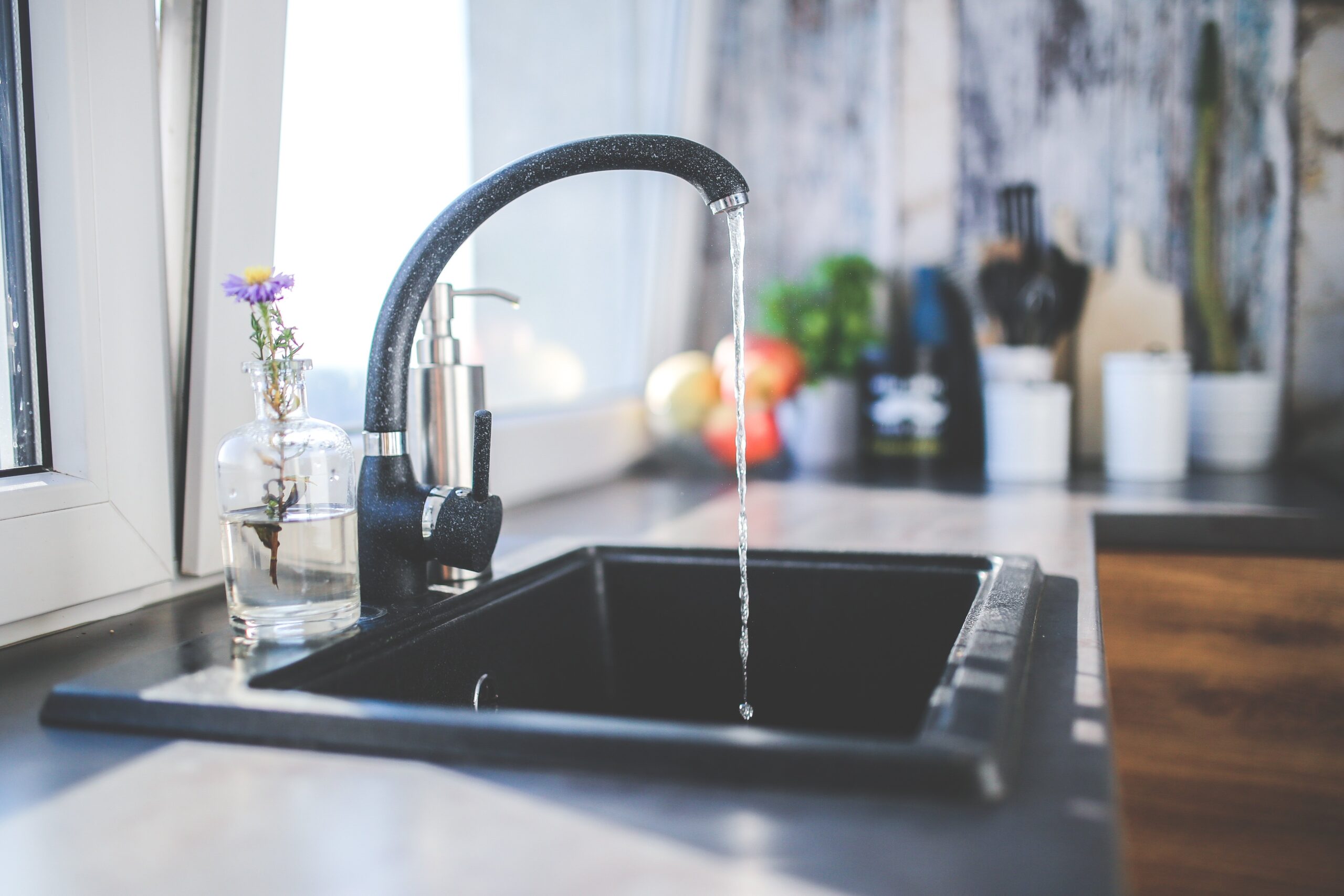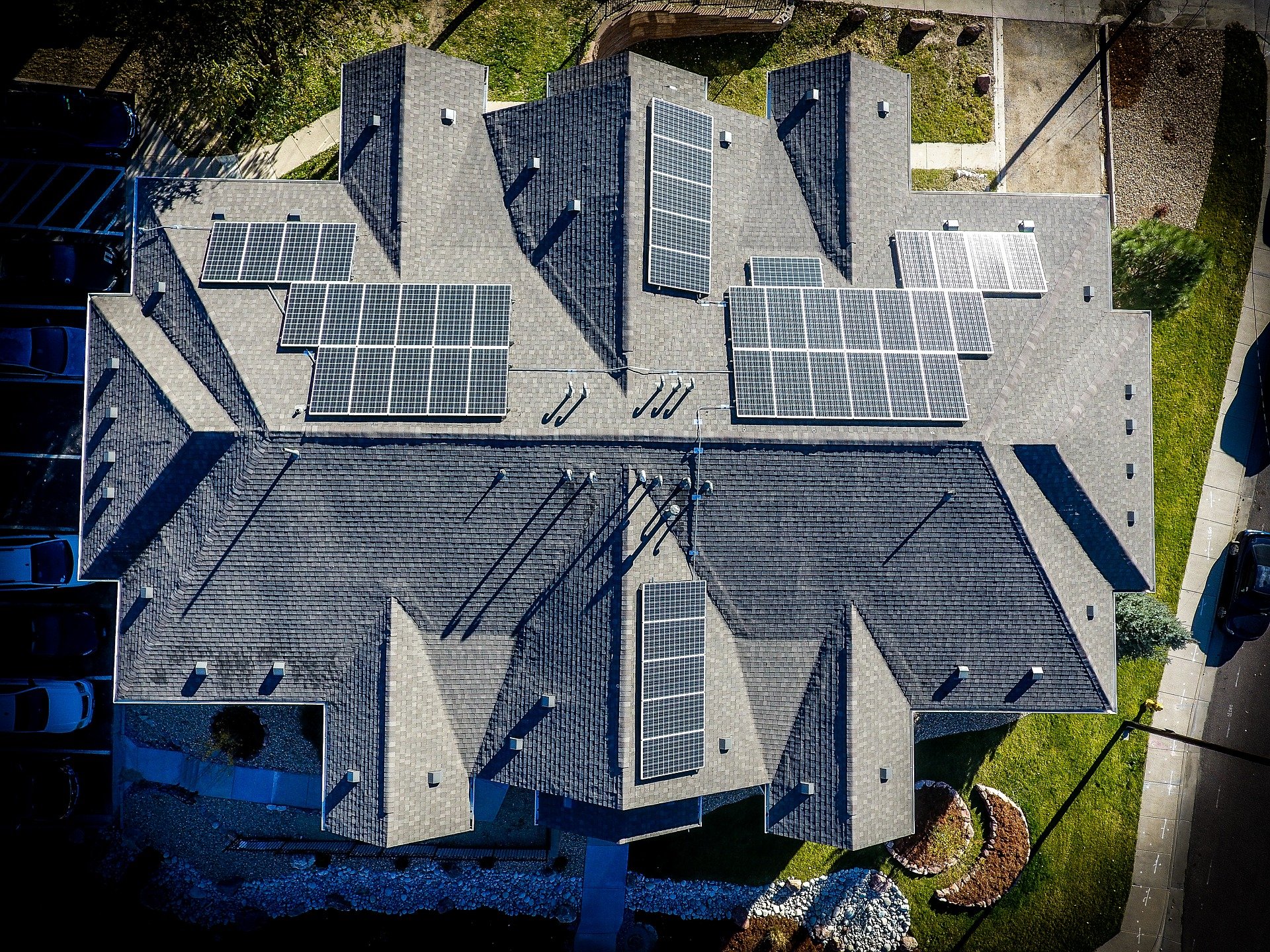Making assumptions about massive amounts of cumulative dollars year-over-year is never a good idea. Yet every year, real estate owners all over the country are making the costly assumption that their utility rates are fair, accurate, and as low as they can be. But that isn’t always the case.
In truth, more than 10% of utility rates are outright incorrect or unnecessarily high.
Some utility rates are incorrectly applied when accounts are initially activated, dooming companies to subtly depleted funds from day one. Utility rates will also fluctuate over time due to factors like environmental changes, cost of living increases—which we’ve all experienced lately—and market demand (if assets are in deregulated areas). As a result, regular rate audits are a crucial strategy for anyone who owns or manages property to ensure their assets operate at the most effective rate.
In this article, we’ll outline the key concepts that impact a successful rate audit and break down our own rate audit service methodology. You’ll walk away with a richer understanding of how rate audits work and a glimpse into the financial opportunities of partnering with a service provider like Conservice.
How Utility Rate Audits Work
The purpose of a utility bill rate audit is to identify billing errors and determine the optimal rate schedule for qualifying utility accounts.
Defining Rate Schedules
Utility rate and tariff schedules outline the utility provider’s base charges for consumption (e.g., 14.92 cents per kWh). These rates can and will vary depending on the meter size, historical usage, building type, location, and service type—and will often use multiple tiers to account for differing service and consumption levels. Because of this, most providers will have more than one rate schedule. For example, Pacific Gas & Electric (PG&E) has more than 100 rate schedules for their electric services alone.
The Struggle? When you’re managing hundreds of properties, you don’t have the time or resources to sift through a seemingly endless sea of schedules to find the best rate for every utility account you manage—or even ensure that the current rate is accurate. You have much better things to do. But it still needs to get done. Otherwise, you’re flipping a double-sided opportunity coin that could end up putting you ahead or kicking you in the tail.
Defining Billing Errors
Even if the utility provider is billing based on the most optimal rate structure, there is still room for errors and overbilling. For example, a property could be on the correct rate structure but still experience overcharges due to:
- Incorrect fixed billing factors being applied
- Incorrect multipliers being applied
- Incorrect variable usage being applied
Performing Comprehensive Audits
As part of Conservice’s rate auditing process, a specialized team of rate analysts will analyze a utility bill account’s consumption and pricing data and compare it against the utility provider’s rate and tariff schedule to determine if a rate audit recommendation needs to be made.
Recommendations are Made
If a rate audit recommendation is made, a rate audit letter and analysis report will be provided for each opportunity found. The rate audit letter will explain our recommendations in detail and the rate analysis report will cite the breakdown of the calculated savings.
Resolution is Pursued
With our client’s consent, we will happily act on the client’s behalf to pursue the recommendation through the utility provider. We will also attempt to obtain any bill credits or refunds for the utility account if it was deemed to be billed incorrectly.
Where Experience Makes the Difference
Since our rate audit service began in 2007, we’ve conducted more than 120,000 utility rate audits for clients in multiple real estate markets. We know the providers. We know the regulations. We know the ways you can save.
Don’t believe us?
Here are a few recent examples that may change your mind:
- In 2021, Conservice completed a rate audit for one of its established multifamily and student housing partners—an industry giant with more than 750K units nationwide. The audit itself was for 72 of the company’s newly added properties. In the audit, we found potential savings opportunities for 86 meter accounts with a projected annual savings of $693,810.78.
- In 2022, we completed a rate audit for another established multifamily partner—an up-and-comer with more than 70K units. As part of our audit, we identified 69 utility accounts that were potentially being over-billed, with projected annual savings ranging anywhere from 6% to 71% and an overall projected annual savings amount of $449,223.
How much can we save you? Click here to find out or here to learn more about our services.






